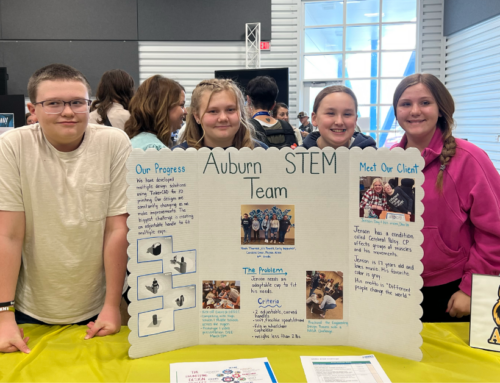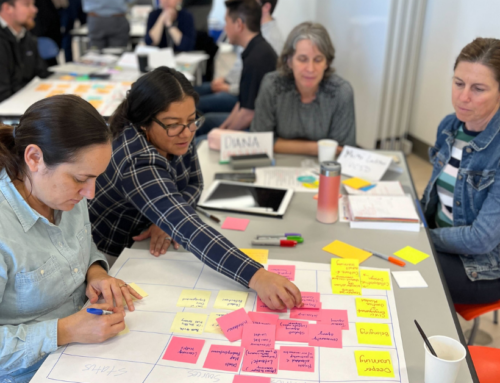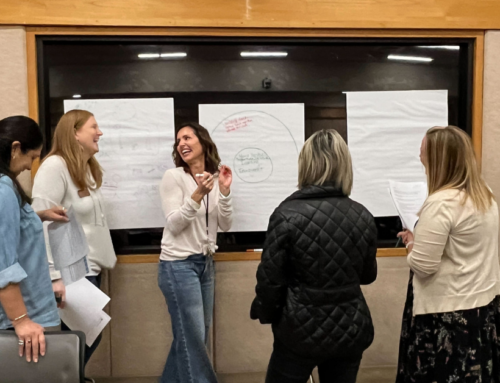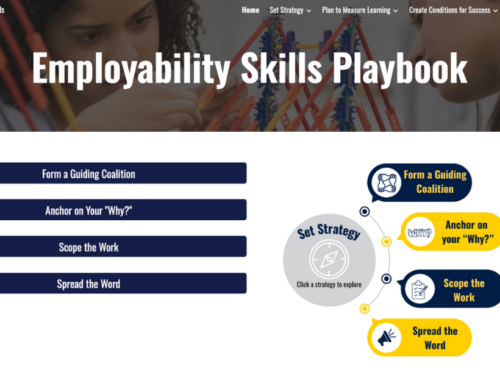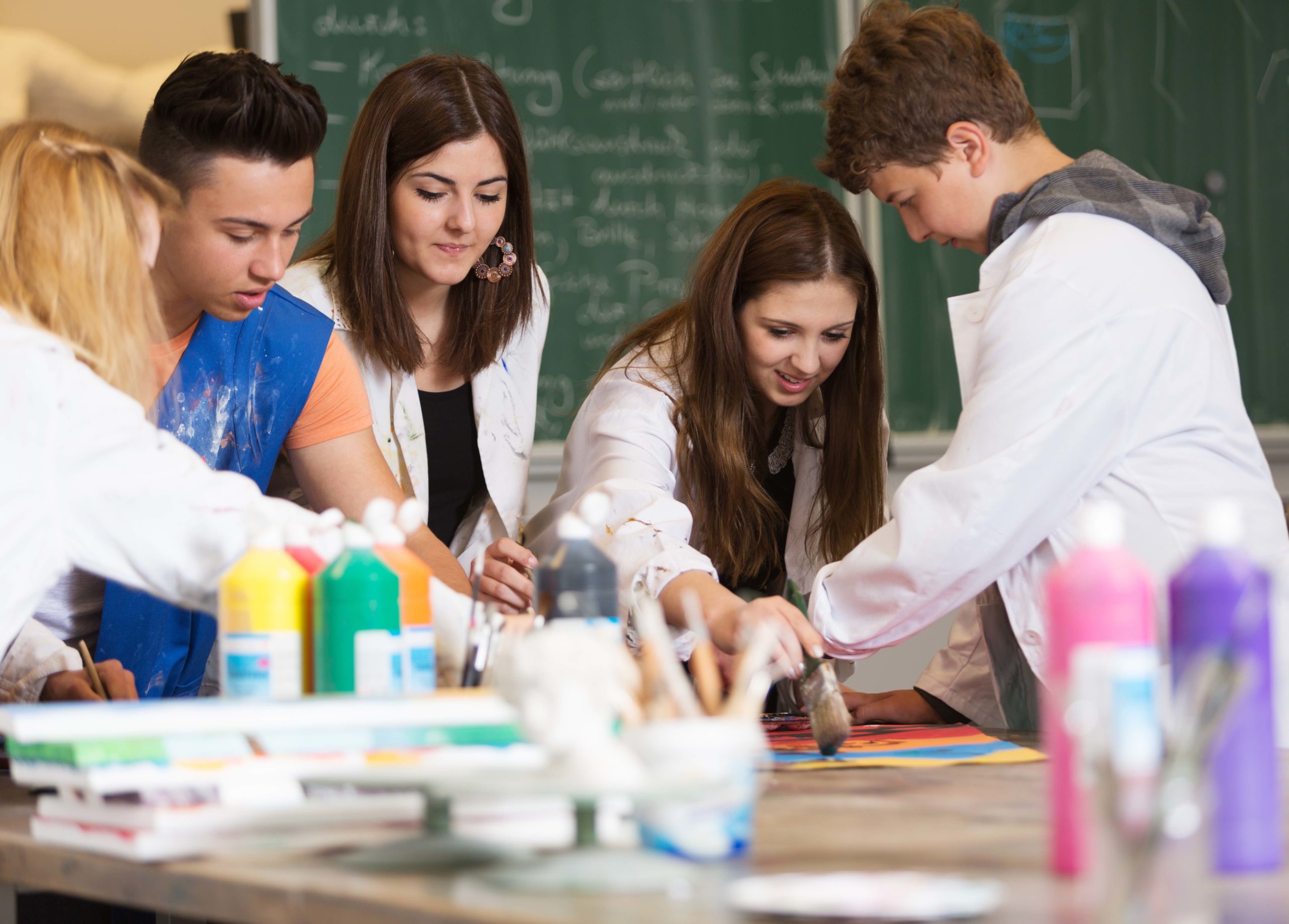
“Education is not preparation for life; Education is life itself”
– John Dewey
Admittedly, I have spent my entire career in schools. I was a student in public K-12 schools, went to a public university for undergraduate studies, went into teaching and became a school administrator in public schools, went to graduate school, and continued to run schools. Even so, throughout my journey as an educator I have known that classrooms function much differently than the world outside of formal education. Even as an employee in schools, I was never asked to complete worksheets or demonstrate competence through a multiple choice test. My contribution was in the form of service to others, requiring me to take initiative, identify and resolve challenges, and work collaboratively to build a safe and supportive community for all.
A School Environment that Translates to the Real World
Students are also keenly aware of the differences between schools and the “real world,” as they often express concerns about a lack of relevance or potential application of their learning. As a result, increasingly schools are connecting learning with real-world problems to ensure relevance and promote meaningful engagement.
In my view, when students are engaged in solving real-world problems they are engaged in authentic learning. This often takes the form of community-based, open-walled, experiential, collaborative, and interdisciplinary project-based learning. Unlike the formal education setting, the world is not divided into six periods per day of discrete subjects which are addressed in isolation from one another.
Thus, when we seek to create authentic learning experiences it often creates tension with our industrial model of education.
In her book, “Learner-Centered Innovation,” Katie Martin shares the critical factors to building a culture for learning and innovation. Download the chapter
United by a Shared Vision, Mission, and Values
In addition to addressing the operational challenges that arise as a result of these structural issues, school leaders can feel conflicted as it relates to understanding the effectiveness of these efforts in the context of traditional accountability systems. Which is more important—an improvement on a standardized test that measures discrete knowledge in the form of right and wrong answers or a student’s ability to identify and address a meaningful problem that may have many possible solutions?
Leaders can create clarity for themselves and their communities by identifying and referencing what I call a “Framework for the Future.” This includes a vision, mission, values, goals, roles and responsibilities, and a strategic plan. Importantly, these strategic considerations should be co-constructed with the broader learning community to ensure that they reflect the aspirations and intentions of all stakeholders.
For simplicity, vision is the destination (where are we going?); mission is the why of the work; values describe how individuals will behave and interact with one another; goals are the what—progress markers to help inform the journey; roles and responsibilities indicate who will be charged with making progress; and the strategic plan is the when, or a roadmap to pace progress toward the desired vision for the future.
In my experience, engaging in a process to identify and reference a common vision, mission, and values makes it clear that communities value authentic learning experiences. Consider these mission statement examples:
Menlo Park City School District (Northern California)
Welcome to the Menlo Park City School District. We are a community working together to inspire high academic achievement among all students, serve their needs, challenge their minds, and enrich their lives, laying a foundation for success and participation in our democratic society and as citizens of the world.
El Segundo Unified School District (Southern California)
ESUSD is dedicated to providing students and the community with an optimum learning environment that prepares educated, productive, compassionate citizens to meet the challenges of a global society in the 21st century.
El Segundo uncovers how their district is realizing authentic, personalized, student-centered learning. Read the story
Very few constituents are satisfied with seat time and test scores as indicators of students’ future readiness. In order to actualize these mission statements, it is clear that learners must engage in authentic learning experiences. To be clear, both of these examples (and many others) are inclusive of an academic foundation that requires students to develop knowledge and skills including foundational capabilities in literacy and mathematics. With that said, they also are a call to action for school leaders and educators to emphasize essential skills such as compassion, problem-solving, and citizenship.
Leaders who are interested in serving their learners must continually reference the vision, mission, and values in their unique context to make decisions that align with the collective aspirations of the community. Orienting to this North Star is imperative to create the conditions for learner-centered education and to enable authentic learning experiences.
Leading change in your district? Download the Superintendent’s Guide to District Transformation.

